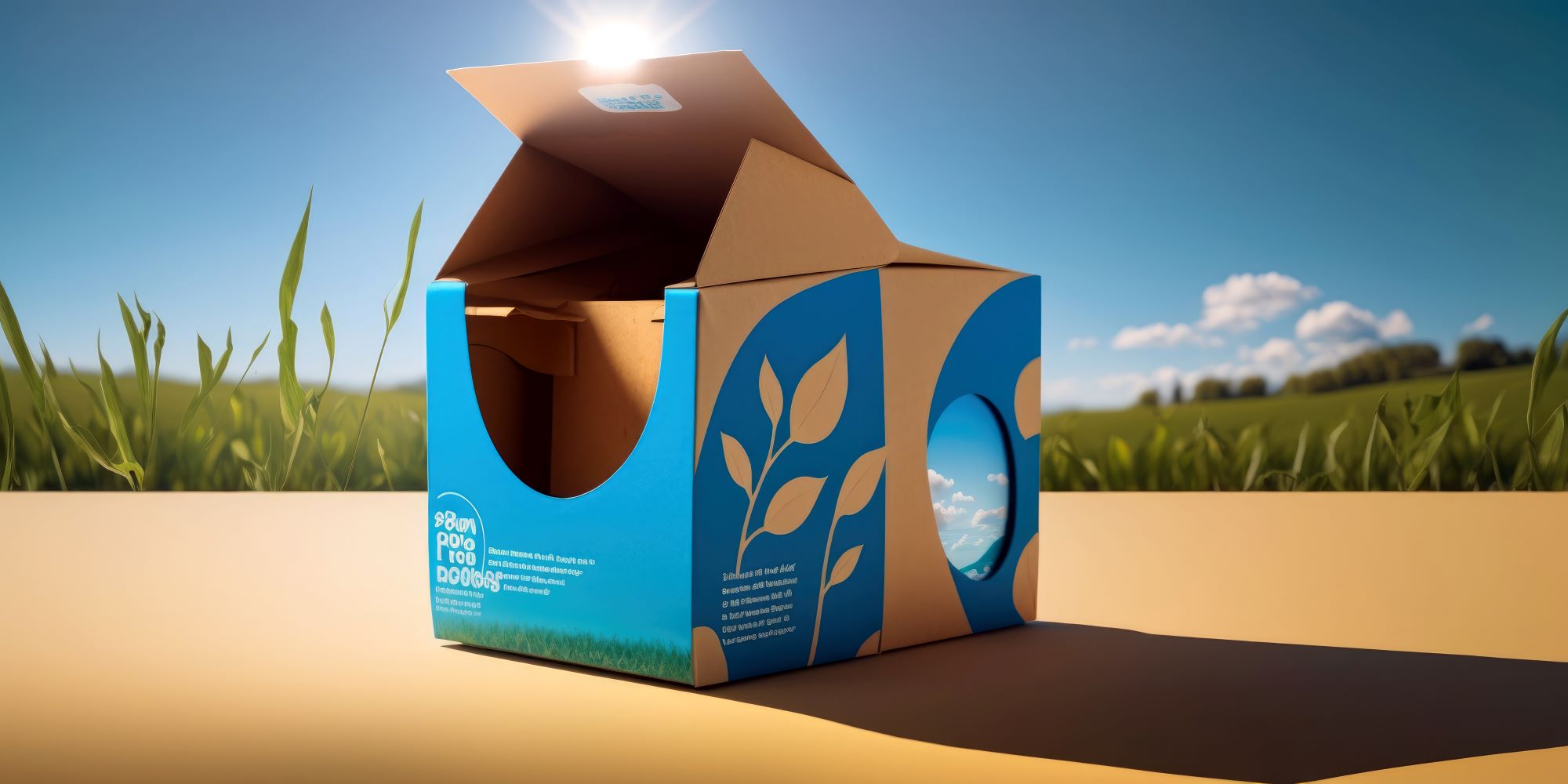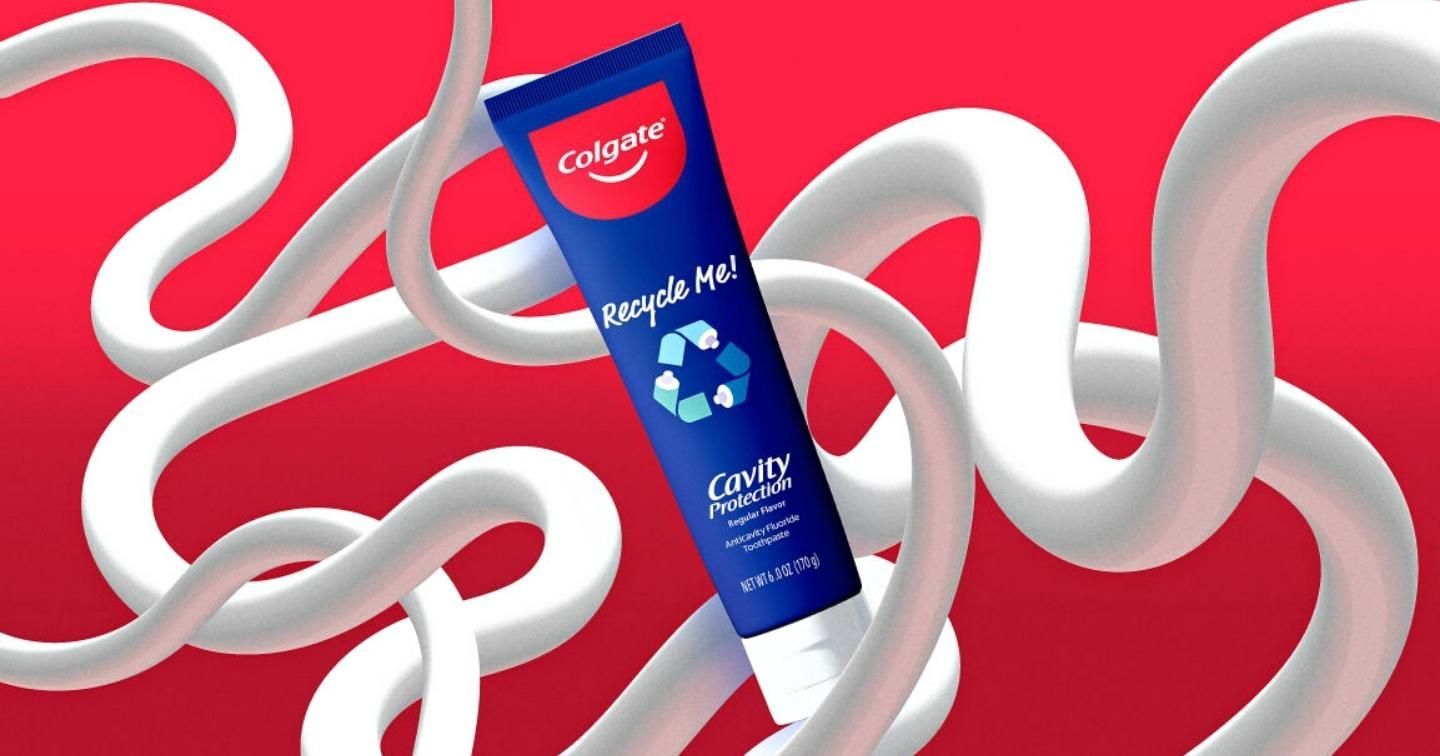Eco-friendly packaging design is the big creative challenge of the future
In today’s fast-paced world, where convenience and efficiency are top priorities, the impact of packaging on the environment is often overlooked. However, with the rise of global warming and increasing environmental concerns, there is a growing need for sustainable practices in every aspect of our lives, including packaging. The eco-friendly packaging industry plays a significant role in the current waste crisis, with millions of tons of plastic packaging ending up in landfills or polluting our oceans every year. This has led to the urgent need for eco-friendly packaging solutions that can minimize the negative impact on the environment.
As consumers become more conscious about their environmental footprint, they are actively seeking out products with sustainable packaging. This shift towards eco-friendliness has created a major challenge for companies who are now faced with the task of redesigning their packaging to meet these demands. In this article, we will explore the various strategies and innovations being implemented in the packaging industry to create a more sustainable future.
The Need for Sustainable Packaging
Before delving into the different strategies, let’s first understand why there is a need for sustainable packaging. Conventional packaging materials such as plastics, paper, and cardboard have a significant impact on the environment. For instance, plastics take hundreds of years to decompose, and when they eventually do, they release harmful chemicals into the soil and water. This not only poses a threat to wildlife but also adversely affects human health.

Traditional packaging materials like plastics, paper, and cardboard exert a considerable environmental footprint
Moreover, the use of excess color and printing inks on eco-friendly packaging is another cause for concern. These components contain toxic chemicals that can seep into the ground and water, causing pollution and harm to human beings. Additionally, the production and transportation of these materials contribute to carbon emissions, leading to climate change. It is evident that the current methods of packaging are unsustainable and have a damaging effect on the environment.
The good news is that the eco-friendly packaging industry is beginning to recognize the need for change and is taking steps towards implementing sustainable practices.
Sustainable Eco-Friendly Packaging
In order to reduce their environmental impact, companies are adopting various strategies to create eco-friendly packaging solutions. Let’s take a closer look at some of these strategies and how they contribute to a circular economy.

To minimize their environmental footprint, companies are implementing diverse strategies to develop sustainable packaging solutions
Material Alternatives
One of the most significant changes being made in the packaging industry is the switch to alternative materials. Companies like Apple and Unilever have already begun using recycled or biodegradable materials such as wood, fiberboard, recycled plastics, and stainless steel. These materials are not only more sustainable but also promote a circular economy by reducing reliance on virgin materials.
The use of bioplastics is also gaining popularity as an alternative to traditional plastics. Bioplastics are derived from renewable resources such as cornstarch, sugarcane, and cellulose, making them biodegradable and less harmful to the environment. However, it is essential to note that not all bioplastics are created equal. Some still require industrial composting to decompose fully, while others can break down in home composts. It is crucial for companies to do thorough research and choose the most sustainable option for their eco-friendly packaging needs.
Another trend in sustainable materials is the use of mushroom-based packaging, which can be grown and molded into various shapes and sizes. This material is entirely compostable and can even be eaten by animals, making it a truly eco-friendly solution.
Package Size Reduction
Another effective strategy for reducing the environmental impact of eco-friendly packaging is by minimizing its size. Smaller packaging not only reduces the material usage but also lowers transportation costs, leading to fewer carbon emissions. Companies can achieve this by eliminating unnecessary packaging elements, such as extra accessories or protective layers. Additionally, optimizing the size of the container itself can also significantly reduce the amount of packaging used.
Beverage giant Coca-Cola has taken a step towards package size reduction by introducing smaller bottles and cans, reducing the use of plastic and aluminum. Similarly, snack company Lay’s has also redesigned their packaging to be more compact, resulting in a 25% reduction in material usage.
Simplified Design
The design of eco-friendly packaging plays a significant role in its sustainability. Companies are now opting for simpler and more minimalist designs, eliminating unnecessary colors and designs that require excessive ink usage. This not only reduces the environmental impact but also makes the packaging more visually appealing and modern.
Moreover, simpler designs can enhance the recyclability of materials. For instance, removing labels or using direct-to-surface printing techniques reduces the need for separate labels, making the packaging easier to recycle. This also minimizes the use of harmful adhesive materials used in traditional labeling.
Additionally, companies are also exploring alternative printing methods such as thermal transfer printing, which uses heat to transfer ink onto packaging, reducing the use of solvent-based inks. Digital printing is another eco-friendly option that eliminates the need for plates and reduces material waste.

The sustainability of eco-friendly packaging is greatly influenced by its design
Reusable Packaging
Another sustainable packaging solution gaining popularity is reusable packaging. This involves creating durable packaging that can be used multiple times, reducing the need for single-use packaging. The rise of zero-waste stores and refillable packaging options is a testament to the growing demand for reusable packaging solutions.
Food delivery companies like Deliveroo and Just Eat have also started experimenting with reusable packaging, where customers can return the containers for cleaning and reuse. This not only reduces waste but also saves the customer money on packaging costs in the long run.
Sustainable Supply Chains
Creating an eco-friendly package is not the only concern for companies; they must also consider the sustainability of their entire supply chain. By incorporating sustainable practices throughout the production process, companies can significantly reduce their environmental impact.
Using renewable energy sources such as solar and wind power, optimizing transportation routes to reduce carbon emissions, and implementing waste management systems are some ways companies can create a more sustainable supply chain. This not only benefits the environment but also improves their overall corporate social responsibility.
Consumer Education
While it is essential for companies to take action in creating sustainable packaging, consumers also play a crucial role in promoting and supporting eco-friendly practices. Educating consumers about the impact of eco-friendly packaging on the environment and how they can make a difference can go a long way in creating a more sustainable future.
Providing clear information on recycling and disposal methods and encouraging consumers to properly dispose of eco-friendly packaging can significantly reduce the amount of waste that ends up in landfills or oceans. Companies can also offer incentives to customers who bring back their packaging for recycling or refill options.
Conclusion
The need for sustainable packaging has never been more urgent, and it is heartening to see the packaging industry taking steps towards creating an eco-friendlier future. By using alternative materials, reducing package size, simplifying designs, promoting reusable options, ensuring sustainable supply chains, and educating consumers, we can collectively work towards creating a circular economy.
As consumers, we must also do our part by supporting companies that prioritize sustainability and making conscious decisions in our purchasing behavior. The road to completely sustainable packaging may be challenging, but with continued efforts and innovations, we can achieve a greener and more sustainable future. It’s time for the eco-friendly packaging industry to rise to the big creative challenge of creating eco-friendly solutions that benefit both the environment and society.








Post Comment